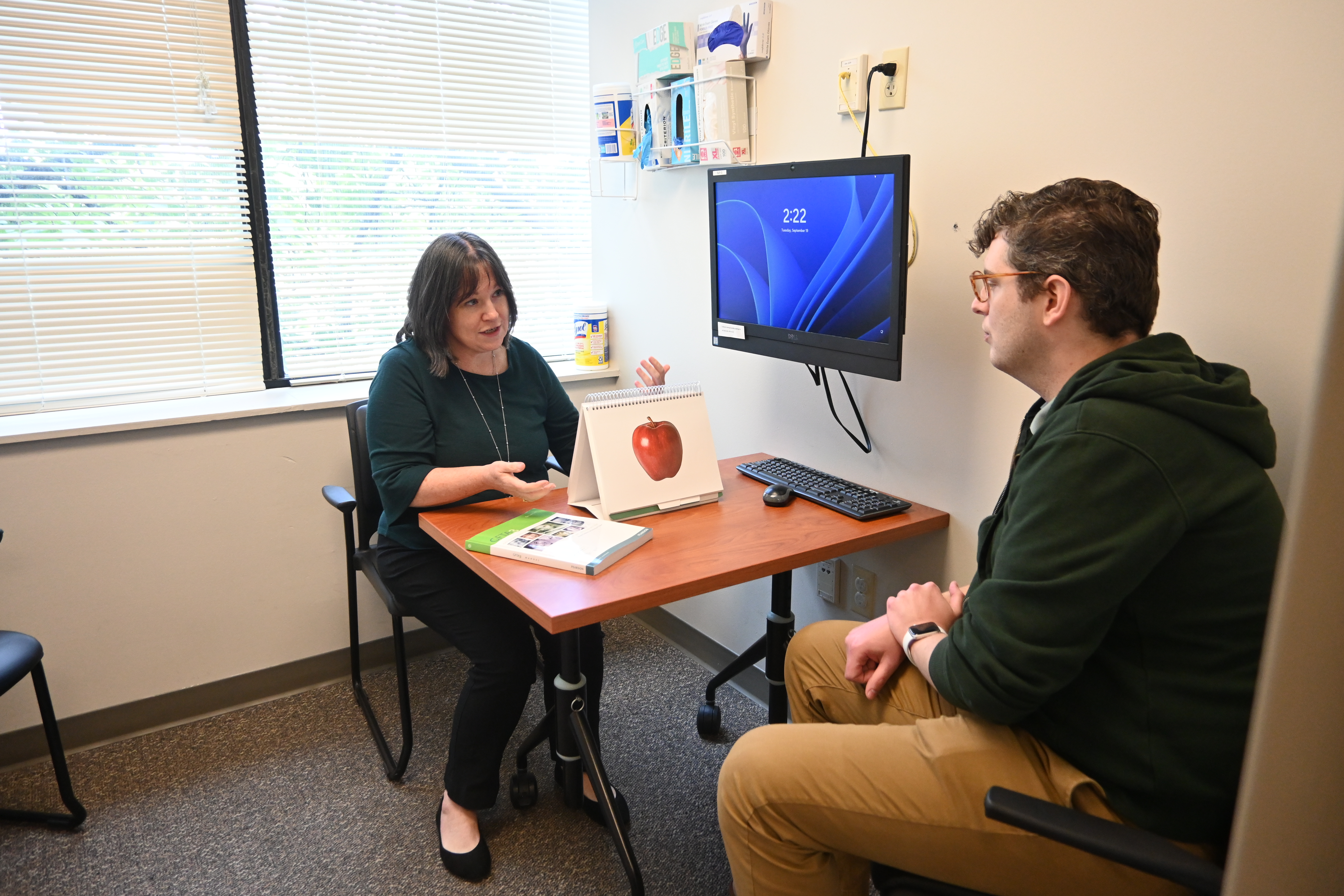Understanding Voice Disorders
Voice disorders are when there is a difference in quality, pitch, and loudness that is considered inappropriate for an individual’s age, gender, cultural background, or geographic location.
Voice disorders can significantly impact an individual's ability to communicate effectively and participate fully in social and professional activities. According to the American Speech-Language Hearing Association (ASHA), a voice disorder can be present when an individual expresses concerns about having an abnormal voice that does not meet daily means.
These disorders can arise from various underlying causes:
- Organic - Psychological voice disorders that result from alterations in respiratory disorders, laryngeal, or vocal tract mechanisms.
- Can include structural abnormalities. These include physical changes like altercations in vocal folds or changes in the larynx.
- Result from problems with the central or peripheral nervous system innervation to the larynx that affect functioning of the vocal mechanism, such as vocal tremor, spasmodic dysphonia, or vocal fold paralysis.
- Functional - Voice disorders that result from inefficient use of the vocal mechanism when the physical structure is normal, such as vocal fatigue, muscle tension dysphonia or aphonia, diplophonia, or ventricular phonation.
 According to John Hopkins Medicine, there are different methods of diagnosing voice disorders:
According to John Hopkins Medicine, there are different methods of diagnosing voice disorders:
- Laryngoscopy - A tool that could be flexible or rigid which allows the provider to view the throat. The provider will also have a small mirror with a light to get a better view.
- Laryngeal EMG (electromyography) - This involves a test that uses electrical activity in the throat muscles. The purpose is to showcase any nerve problems through a thin needle inserted in the muscle.
- Stroboscopy - This test uses a strobe light and a video camera to see how the vocal cords are vibrating during speech.
- Imaging tests - Computed tomography (CT) and Magnetic resonance imaging (MRI) can show growths or other tissue problems in the throat.
Treatment for a voice depends on what’s causing it. Treatment may include:
- Speech Therapy - Therapy may include exercise and changes in speaking behaviors.
- Lifestyle Changes - These can include exercises to relax vocal cords, quitting smoking, warming up vocal cords before long periods of speaking, and or drinking lots of fluids to remain hydrated.
- Medicines - Medicine may be prescribed to alleviate or help with some of the voice disorders.
- Injections - Providers may treat symptoms such as muscle spasms with injections.
- Surgery - Providers can remove abnormalities through surgery.
Voice disorders can significantly impact an individual's quality of life, but with early intervention and appropriate therapy, many individuals can achieve improvements in vocal function and communication. Experts at the Speech Language Institute (SLI) can offer a comprehensive array of services related to assessments and treatments for voice disorders. For more information or to book an appointment, call 215-780-3150 or visit here.